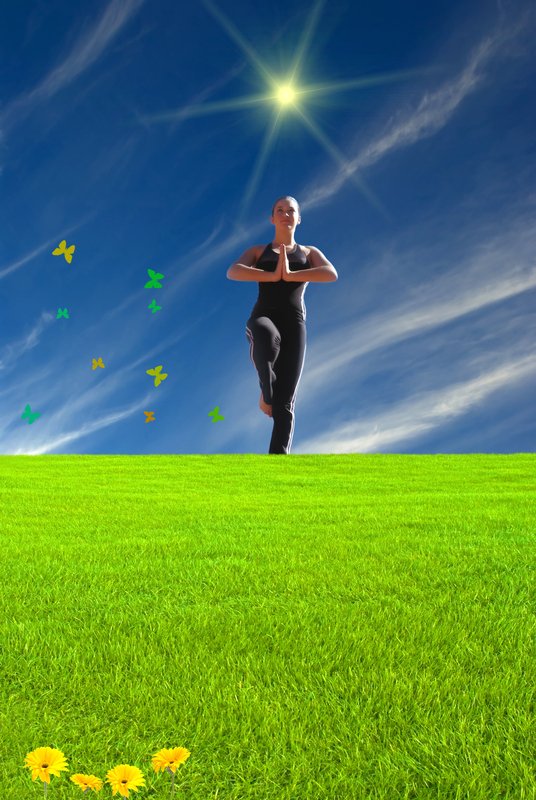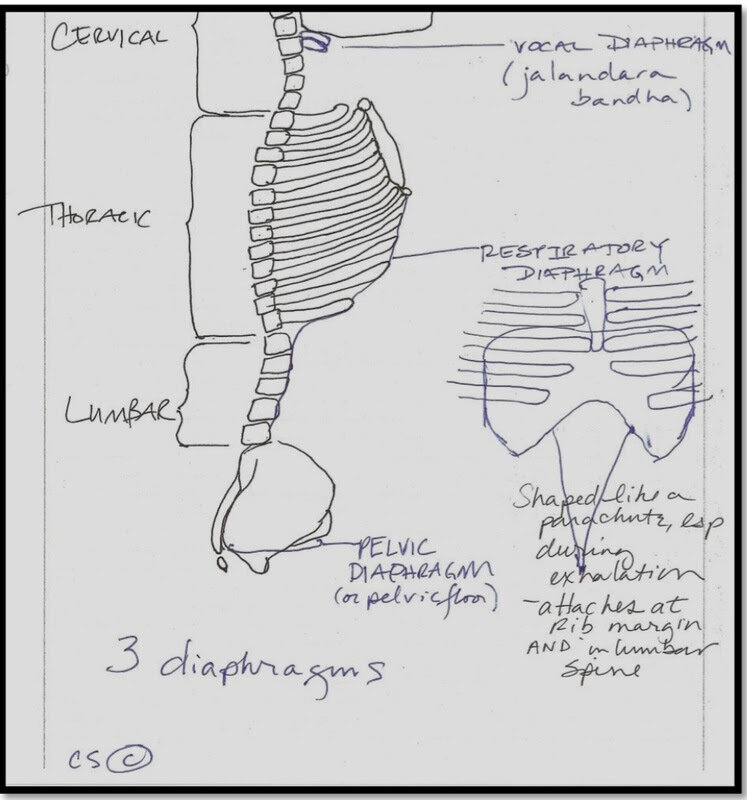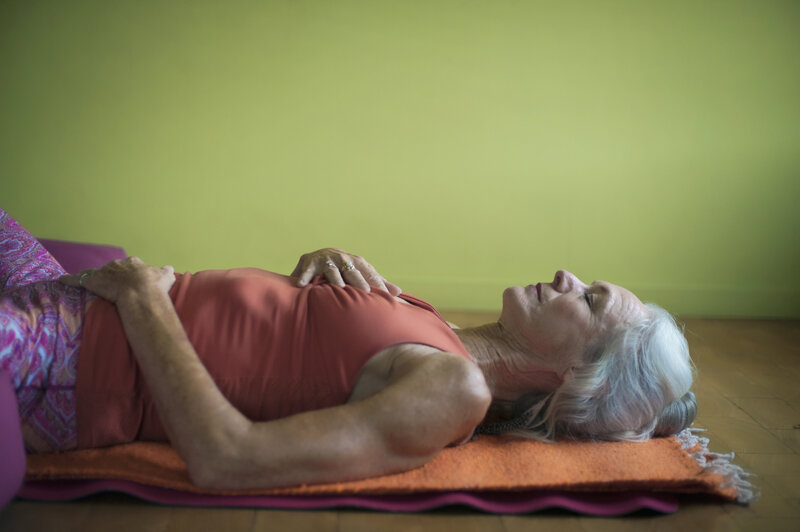
Transitions as Templates in Yoga and Life: Spring to Early Summer
How to Change Your Routine and Habits in this time:
To cooperate with this process, here are ideas for each area of your routine (dinacharya) to consider incorporating during this transitional time:
-Flavors to focus on….
-Yoga Practice Tips…
-As always….
-Considering a “cleanse”? This is a great time and kitchari “fasts” are ideal. For a span of time from 4 days to 2 weeks, you eat 3 very simple meals a day…
Enjoy the return of energy, radiance and vigor!

Understanding Healing Yoga; Spirituality and Sensory Awareness.
The way I help people experience spirituality in different modalities is through breath movement and imagination exercises also known as meditation or relaxation. I also offer these exercises in an effort to provide a sensory experience.


Sense Gate 1: Eye Gaze, Habit, and Relaxation
Do you ever wonder why we do some of the things we do in every class? Like chanting “Om” together, focusing on different body parts when we breathe, trying to feel all your skin at once, smiling with the back of our mouths…. Or circling our eyes one direction and then the other?

Yoga With Chronic Pain
"Yoga has been shown to decrease disability among people with pain, but it is not known how... yoga is a promising means to improving resilience and clinical outcomes for people with chronic pain." In Resilient to pain: A model of how yoga may decrease interference among people experiencing chronic pain,” the authors refer to many embodied correlates of stress: the HPAAxis (hypothalamus pituitary adrenal axis), stress hormones, etc.
Luckily, we don't need to know how yoga works to start practicing and receiving benefits, even when we have pain. According to the National Institute of Health's information page, "Chronic pain persists. Pain signals keep firing in the nervous system for weeks, months, even years."

Why You Might Want to Add HIIT to Your Yoga Practice: HiYo
Spring is a great time to add High Intensity Intervals into your yoga practice. Not just your Badlands Yoga teacher that think this: it's also backed by science. High Intensity Interval Training (HIIT) is proven effective for increasing your anaerobic capacity and our VO2Max. Say what! Ok, Let's break this down:

What make a Badlands Healing Yoga Practice different?
“Your guide comes with a plan and your guide will alter the plan depending on what you choose to share. Classes are very intentionally small, so we can offer at least one technique - posture, breath, flow, image, meditation - chosen for each person. It may be something the guide had already planned for that they surmise would be just the ticket or they might replace part of their plan to illuminate something helpful for you. Modifications will be offered and alternatives suggested along with the reminder that everything is optional and questions are encouraged. “

Practicing with Pain: why avoidance may hurt more
“[D]efinitely listen to your body and its signals. If you have pain in a movement or in a posture, breathe, withdraw from the edge where the pain arose and rest for a moment.
And then, re-approach. Slowly, mindfully. Notice where you get the first hint of a suggestion of the painful feeling and stay there — don’t go further. Breathe and notice. 9 times out of 10, you’ll feel the suggestion of pain fade away. If this happens, go a little more towards where you felt it before in the same manner: slowly, mindfully noticing the first hint of a suggestion of pain, and stay. Breathe and notice. You may feel that fade away. Rinse and repeat, stopping to rest, of course, as needed.
Often a repetition of just three times inside your pain free range of motion will allow you to go back to the once painful movement with no pain.
There are many reasons for this phenomenon…”


